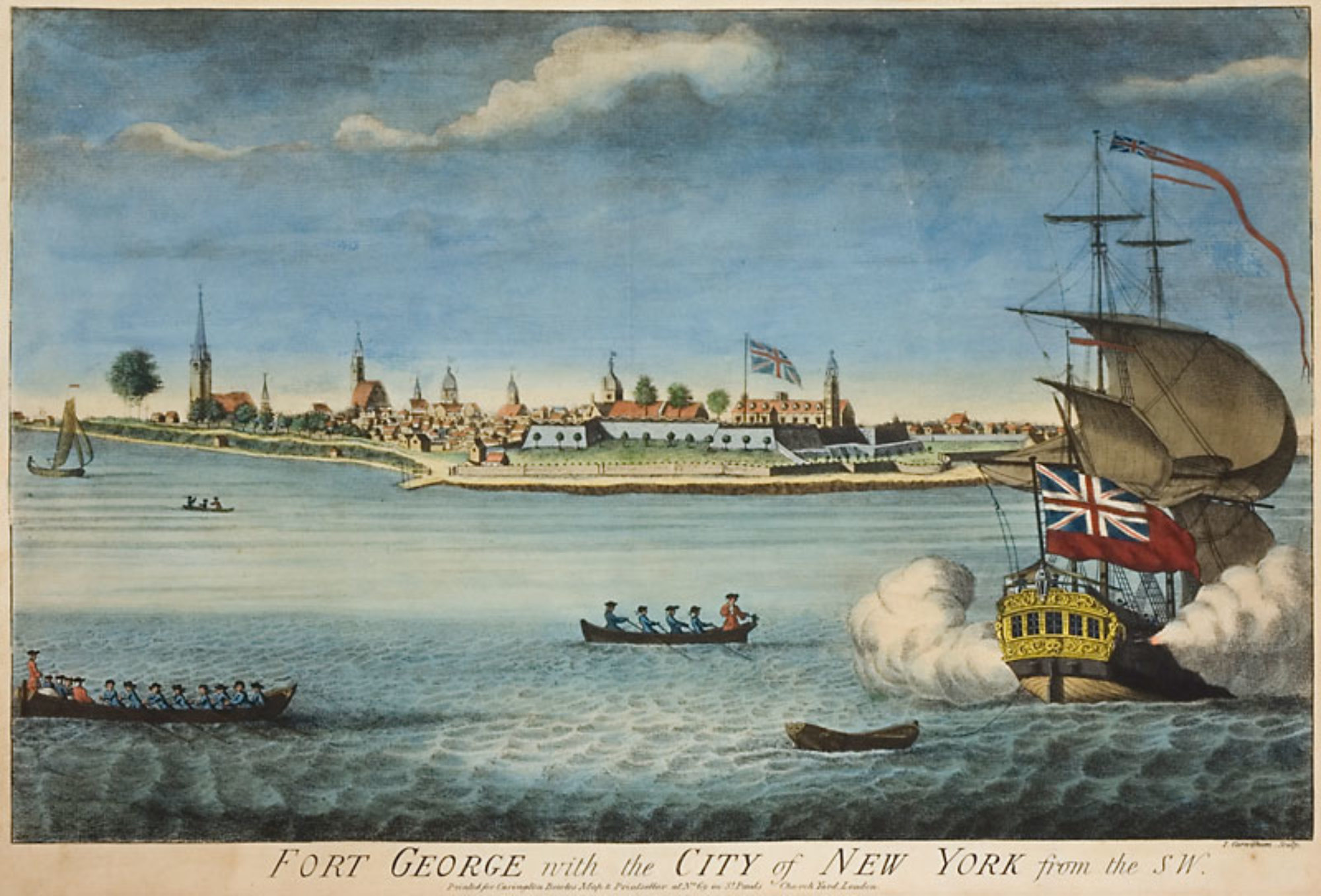
The resulting map of Staten Island was ordered by General Howe shortly after the British landed at Staten Island in July of 1776. According to the Staten Island Historian, the map was found in the Duke of Northumberland’s collection in England, and is claimed to have been surveyed without any surveying instruments; hence the inaccurate shape of the Island. It also shows a conflict as to where General Howe’s headquarters were located. The Howe map marks the Bancker house, located near the Decker Ferry in Port Richmond as his headquarters. Legend has it that General Howe was staying at the Rose & Crowne at Newe Dorpe. He may have been using both the Bancker residence and the Tavern at different intervals during his stay on Staten Island. The Taylor and Skinner map, another British map commissioned in 1783 is an extremely accurate depiction of the Island! I have yet to see this map, as it is in the U.K. archives.
A British box sextant (pictured below), late 18th century.
This was used on shore by military and naval officers busily engaged in surveying the colony of British Columbia. Light, portable and easier to transport, it was one of essential the tools for Colonial expansion and mapping. Like a nautical sextant, the box sextant measures angles, but it is smaller, enclosed version placed inside a cylindrical box. Its graduated arc is at half degrees from 0° to 120°. The readings on its vernier were read to single minutes using a magnifying glass. The small removable telescope was used to take long sights, but ordinary observations were usually made through a peephole in the glass. The top (lid) of the cylindrical brass box has been removed to show the knobs that work the sextant. The large knob operates a pinion that engages the toothed, circular segment inside the sextant that mounts the index glass and index arm. The smaller knobs are adjusting screws to eliminate index error and adjust the horizon glass.
Like this:
Like Loading...






You must be logged in to post a comment.